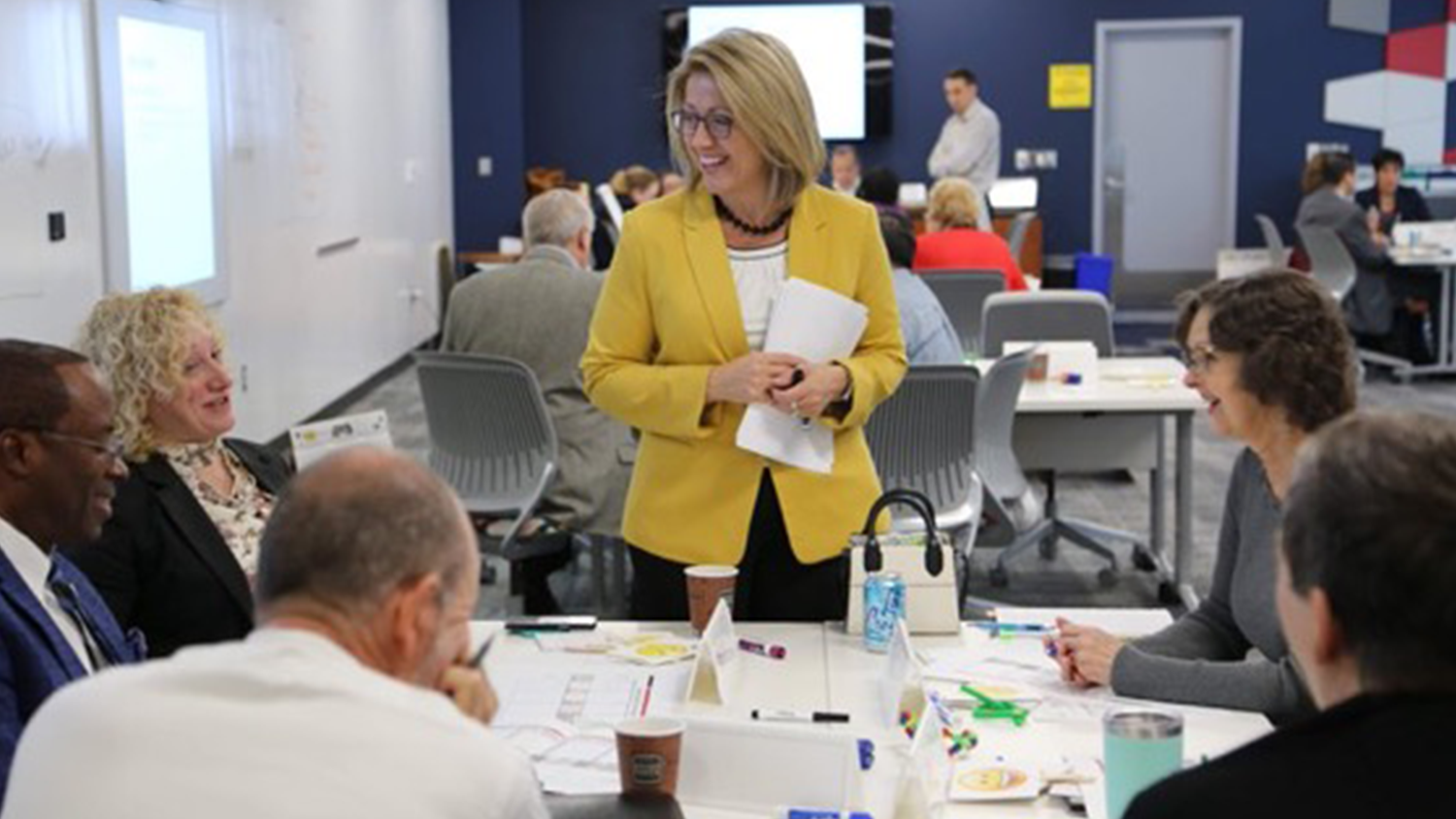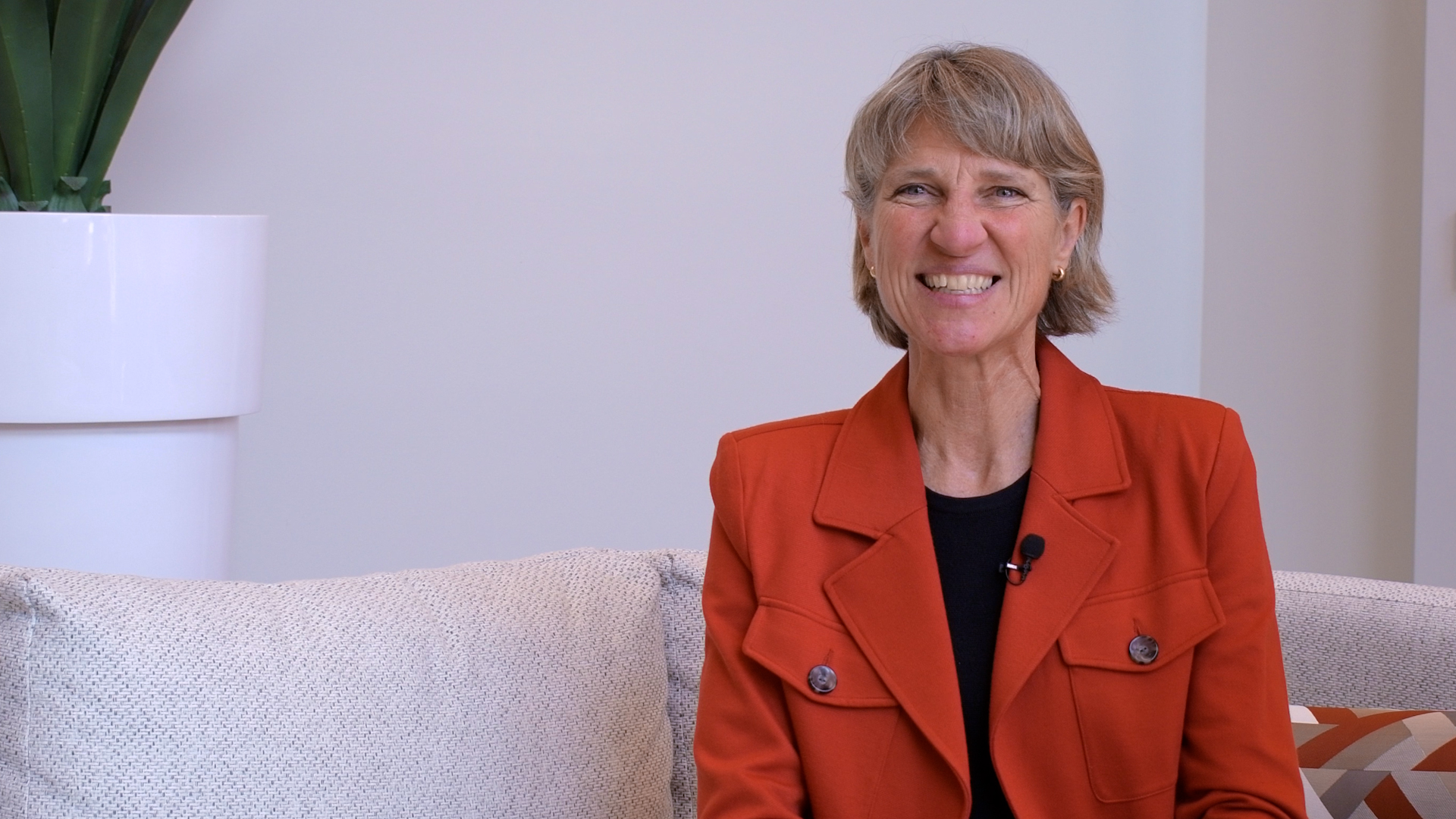Paper Co-authored by Belk Center Executive Director Audrey Jaeger Outlines Success of Faculty Work Activity Dashboards in Addressing Faculty Inequities

Research has shown that female faculty members at colleges and universities spend more time on teaching, mentoring and service compared to their male colleagues, and that these differences are even more pronounced for faculty of color, leading to inequities.
In order to help universities address these inequities and create more transparency around the work faculty engage in, Belk Center for Community College Leadership and Research Executive Director and Alumni Distinguished Graduate Professor Audrey Jaeger, Ph.D., has served as a co-principal investigator of the National Science Foundation-funded “Faculty Workloads and Rewards Project (FWRP)” to develop faculty work activity dashboards.
“At research universities, service and mentoring are less valued, and research is highly valued, thus women of color and White women who engage in this less valued work are less likely to advance their careers,” Jaeger said. “Workload equity looks at whether faculty members perceive this distribution of their work to be fair, whether some faculty are asked to do more than their share and faculty chose to do less than their share.”
In a recently published article, entitled “Faculty Work Activity Dashboards: A Strategy to Increase Transparency,” Jaeger and her co-authors outline the creation of the dashboards and how they helped more than 50 academic departments diagnose workload inequities and promote equity-minded workload reforms. The goal of the article is to assist university faculty and administrators interested in creating and utilizing dashboards of their own.
The paper outlines the successes of the dashboards over the course of the four-year project, with many faculty members reporting that they opened up discussions about how faculty could and should contribute in the future.
In some cases, the dashboards provided evidence that female faculty in certain departments were, in fact, asked to do more service and advising work than their male counterparts. In other cases, the dashboards were able to dispel pre-existing assumptions some faculty held about their colleagues, such as the idea that tenured faculty were doing less work than pre-tenured faculty.
Faculty reported that the dashboards promoted accountability and clarity, provided reference points for expected contributions and allowed departments to put into place a system that could be regularly updated to show how faculty work.
Jaeger said that this transparency is important as some faculty already know they do more than their fair share of work in their department. These faculty are often asked to spend more time mentoring students, sitting on committees or writing letters of recommendation — often at the request of their department chairs, deans or other leaders — while their colleagues are free to spend time focused on more valued tasks like research, publications and grants.
Although Jaeger and her team say there is no “magic bullet” for creating transparency in departmental workloads, making who does what apparent within a department allows for greater accountability. Bias, she said, is more likely if systems, processes and decisions are ambiguous.
“We recognize that workload inequity cannot be solved quickly and is complicated with different types of faculty appointments and varied missions within a major research university. Our NSF-funded research about faculty workloads and rewards has shown that departments can create fairer divisions of labor through the involvement of faculty in discussions about transparency and clarity,” Jaeger said. “Dashboards can offer support to improve decision-making for those who are asking and for those who are being asked. Engaging in discussions about workload can lead to better practices that recognize and reward those who are often carrying the heaviest load.”
- Categories:


